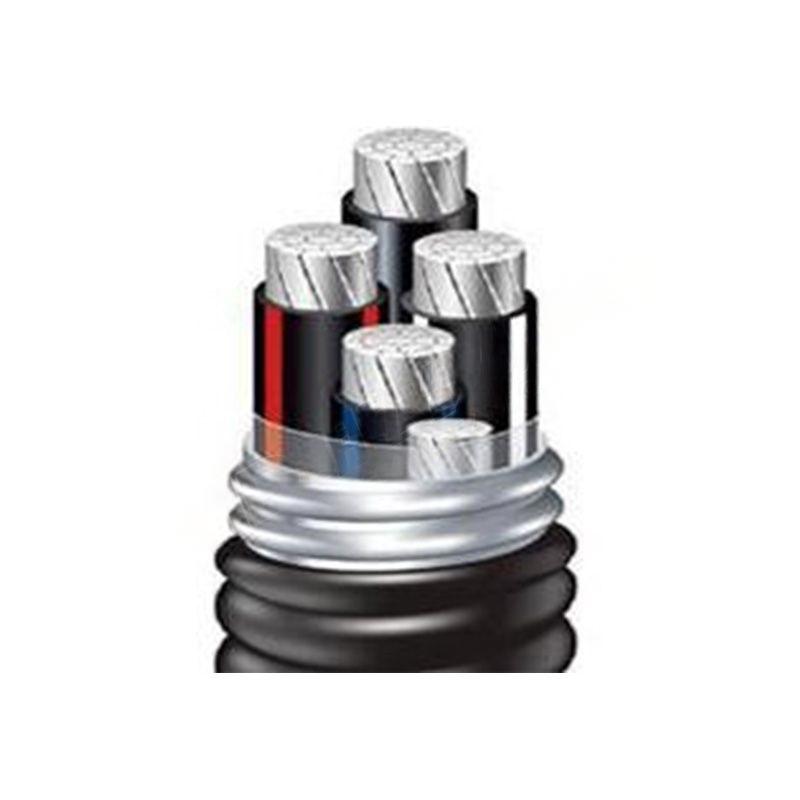Nov . 22, 2024 05:44 Back to list
air release valve
Understanding Air Release Valves Importance and Functionality
In many fluid transport systems, ensuring the proper flow of liquids while maintaining pressure is essential for efficiency and safety. One critical component that aids in this process is the air release valve. Often overlooked, air release valves play a vital role in various applications, from municipal water supply systems to waste treatment plants and industrial processes.
What is an Air Release Valve?
An air release valve is a specialized valve designed to expel trapped air from a liquid pipeline. When liquid flows through a pipeline, air can become entrained or trapped in pockets, leading to issues such as reduced flow efficiency, increased pressure, and even damage to the system. Air release valves automatically release this trapped air, ensuring that the pipeline operates efficiently and effectively.
Why Are Air Release Valves Important?
1. Preventing Cavitation Air pockets can lead to cavitation, which occurs when vapor bubbles form in liquids due to pressure drops and then collapse violently. This phenomenon can cause significant damage to pumps and other components in the system. By releasing trapped air, air release valves minimize the risk of cavitation.
2. Maintaining System Efficiency Trapped air can disrupt the flow of liquids, leading to inconsistencies in pressure and flow rates. Air release valves help maintain a continuous and smooth flow, which is essential for the optimal operation of pipelines. Enhancing the efficiency of fluid transport not only improves performance but can also lead to cost savings in energy and maintenance.
3. Ensuring Safety In some applications, particularly those involving hazardous substances or high-pressure systems, the presence of trapped air can pose safety risks. An air release valve serves as a safety feature by preventing the accumulation of air that could lead to pressure spikes, potentially causing pipeline failures or leaks.
4. Extending Equipment Life By mitigating the adverse effects of trapped air, air release valves contribute to the longevity of pumps and other infrastructure components. Reduced wear and tear mean lower maintenance and replacement costs over time.
air release valve

Types of Air Release Valves
Air release valves come in various designs, each suited for specific applications and operational requirements. Some common types include
1. Single Orifice Air Release Valves These valves have a single outlet and are used for general applications where moderate air release is needed. They are typically cost-effective and easy to maintain.
2. Dual Orifice Air Release Valves These valves feature two ports one for air and one for liquid. They are designed to handle larger flow rates and are often used in larger pipelines.
3. Combination Air Valves A combination of air release and air vacuum functionalities, these valves can handle both the release of air and the intake of atmospheric air during negative pressure scenarios. They are ideal for systems where pressure fluctuations are common.
Installation and Maintenance
Proper installation of air release valves is crucial for their effective performance. They should be placed at high points in the pipeline system where air is most likely to accumulate. Regular maintenance checks are also necessary to ensure they are functioning correctly. This includes inspecting the valve for wear, clearing any obstructions, and testing for leaks.
Conclusion
Air release valves are essential components that contribute significantly to the efficiency, safety, and longevity of liquid transport systems. By preventing the issues associated with trapped air, these valves allow for better flow dynamics, reduce maintenance costs, and ensure safe operation. As industries continue to evolve and demands progress, the importance of air release valves will undoubtedly remain pivotal, highlighting the need for ongoing innovation and effective management in fluid transport technologies. Understanding their functionality and implementing them in designs can lead to enhanced performance and reliability in various applications.
Share
-
Reliable Wafer Type Butterfly Valves for Every IndustryNewsJul.25,2025
-
Reliable Flow Control Begins with the Right Ball Check ValveNewsJul.25,2025
-
Precision Flow Control Starts with Quality ValvesNewsJul.25,2025
-
Industrial Flow Control ReliabilityNewsJul.25,2025
-
Engineered for Efficiency Gate Valves That Power Industrial PerformanceNewsJul.25,2025
-
Empowering Infrastructure Through Quality ManufacturingNewsJul.25,2025